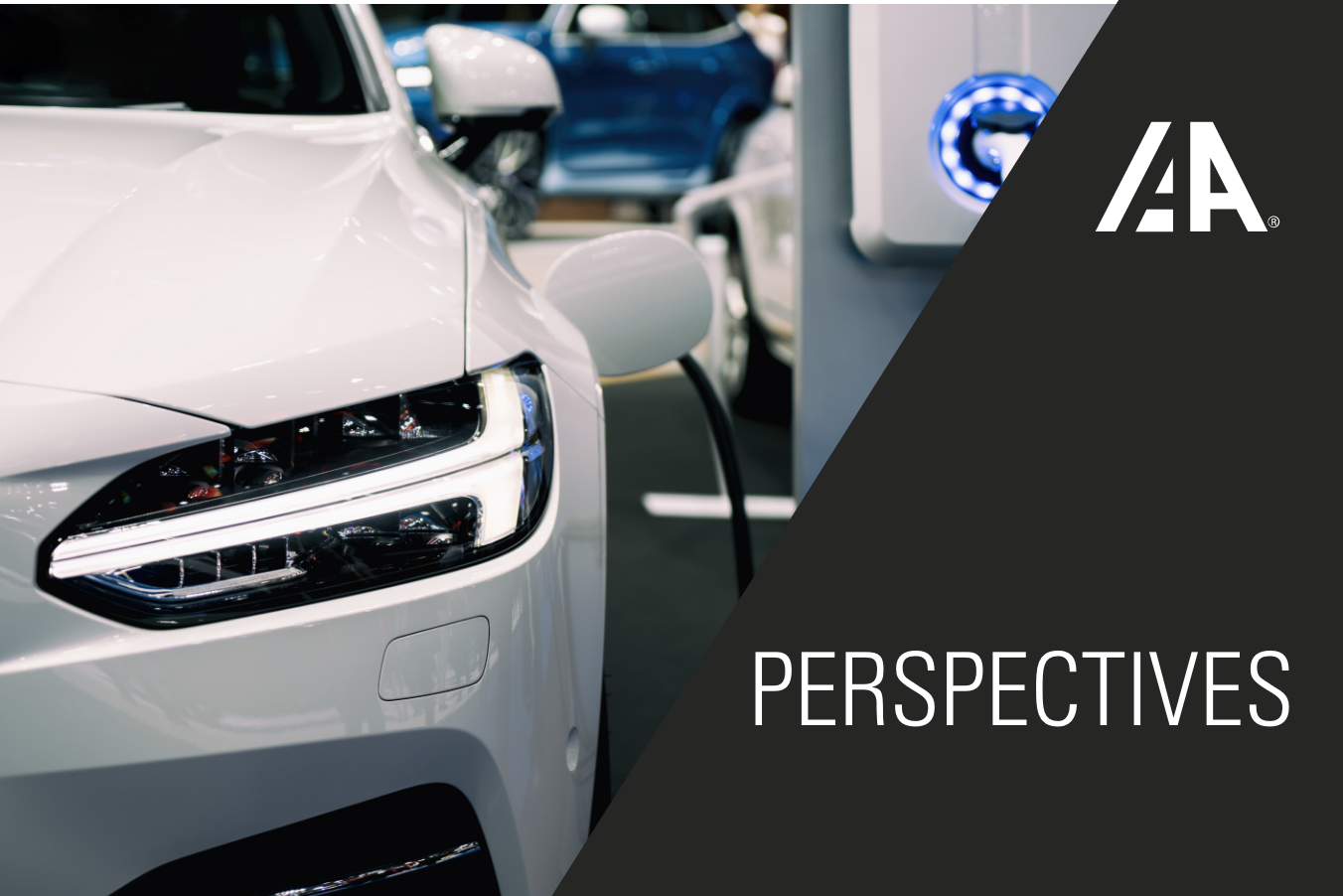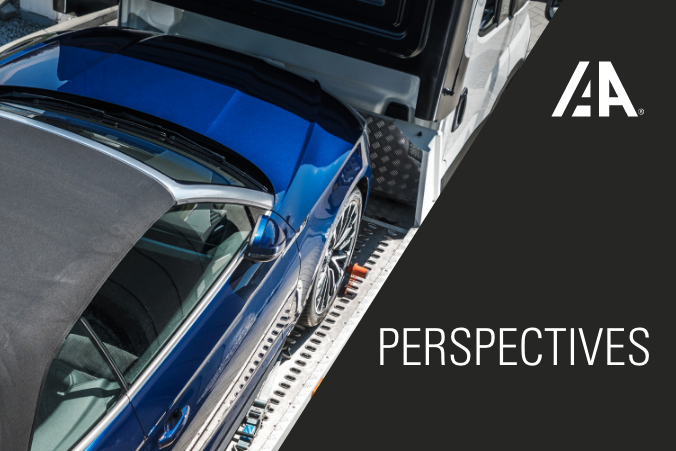Perspectives
COVID-19 Driving Increase in Negative Equity Vehicles
Published October 20, 2020 - Written by Sebastian Gancarczyk
3 Min read
Summary
Sebastian Gancarczyk, VP of Finance at IAA, discusses the growing challenge of negative equity vehicle loans in the market.
COVID-19 has had a severe impact on the automotive industry throughout most of 2020, affecting sales volatility, miles driven, and accidents. But arguably one of the most damaging consequences of the pandemic as it relates to the automotive industry, is how it has created a spike in negative equity vehicles. 44% of new vehicle sales with a trade-in had negative equity, up 11% from the previous year. That number is even higher when looking at IAA Loan Payoff™ units. According to our internal data, 65.8% of IAA Loan Payoff units were in a negative equity situation. The average amount of negative equity peaked at $5,571. Compare these numbers to April 2019 figures when only 33% of new vehicle sales involved negative equity and the average amount owed sat at $5,036. This uptick means that now more than ever, consumers are upside down on their car loans.

Even before the pandemic hit the United States, auto loans were already becoming more expensive and extended up to 84 months, surpassing the country’s average loan length of 69 months. Since 85% of new vehicles are bought with financing, there is likely a large portion of vehicles on the road that are impacted by negative equity. The weakened economy and high unemployment means that many Americans may begin to slide into delinquency status on their loans. During this crisis, the government has put several debt relief measures in place, such as deferred payments on student loans and eviction moratoriums, which helped provide temporary assistance to debt and rental payments. However, as these programs end, there may be more pressure on delinquency, depending on the state of the economy. This could have a trickle-down effect on the auto loan market. According to data from the New York Federal Reserve, roughly 5% of auto loans were 90+ days delinquent. The percent of auto loans that transitioned into 30-day delinquency actually fell slightly in Q2, while the percent that transitioned into serious delinquency (90+ days) stayed relatively flat. These delinquency levels will be important to monitor over the coming quarters.

While there are currently fewer cars on the road, and therefore fewer accidents, there still has been an overall increase in the percentage of total loss claims. According to CCC Information Services Inc., the percent of non-comprehensive claims that are categorized as a total loss rose over the second quarter of 2020. New vehicles are seeing an especially concerning increase in total losses, as almost 8% of current model year vehicles were considered total losses in Q2 compared to just 5.6% in 2018. As mentioned in the recent Exploring Market Inefficiencies in Total Loss Claims IAA article, the total loss process is time-consuming, and this has only been amplified by pandemic pressures.

While the number of negative equity vehicles has risen, there have been many 0% financing deals offered during the pandemic in hopes of boosting sales. The average APR dropped from 7.3% to 4.7% year-over-year in April of 2020 due to such low financing offers. For consumers who are underwater, there are some attractive offers available now, but experts warn that low-interest, long-term loans with little money down could be damaging to the industry.
References
https://www.edmunds.com/industry/insights/negative-equity-is-surging-during-coronavirus.html
https://www.edmunds.com/industry/press/negative-equity-on-vehicle-trade-ins-hit-all-time-high-in-april-according-to-edmunds.html
https://www.automotiveworld.com/news-releases/ccc-auto-financing-covid-19-how-coronavirus-is-impacting-automotive-lenders/
https://www.newyorkfed.org/medialibrary/interactives/householdcredit/data/pdf/hhdc_2020q2.pdf
https://www.creditunions.com/articles/trends-in-vehicle-sales-and-auto-financing-during-the-coronavirus-pandemic/#ixzz6XI1UOXxi



